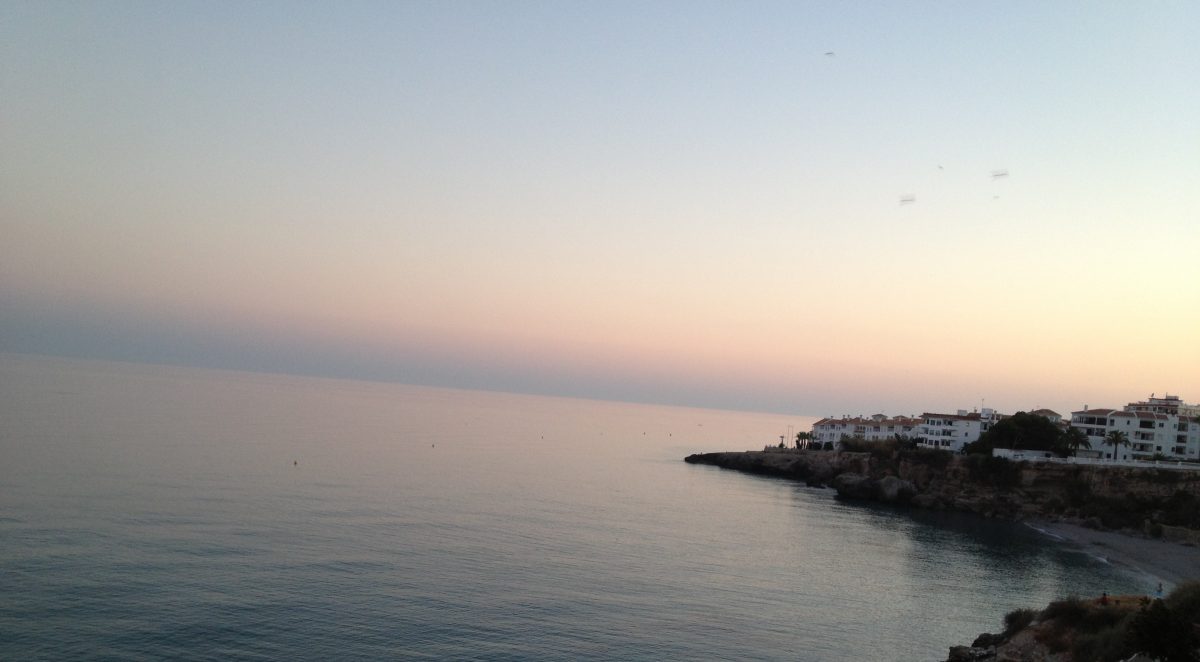Dearest reader!
Last Friday I had a realization. As an international first year student, I am pursuing a CAP Global Citizen stream at UBC, which is a program consisting of courses in politics, sociology and Arts Studies, aiming to explore our position in an increasingly globalized world. Thus, last Friday my professors held a joint lecture between these three scholarly areas. One of the core themes of this particular lecture was that of a “Global Citizen” and how our era of globalization has impacted and continues to individuals and academic disciplines.
During this lecture and following discussion, the Graphic Narrative Persepolis written by Marjane Satrapi emerged into the conversation. Persepolis deals with a multitude of contemporary issues, one of which is the experience of Satrapi herself as a young girl coming of age after the establishment of an Islamic theocracy. Coming from a rather international background and growing up in this age of seemingly endless global and borderless interaction, I often take the individual liberty that globalization offers for granted. Thus, before our discussion I regarded Persepolis as a brave memoir of a “good versus bad” dichotomy, where Marjane with her western values stood directly against the repressive regime. Yet, this is not entirely true. Analyzing the authenticity of Marjane Satrapi’s narrative perspective, given her family’s socio-economic position, this memoir is also a testimony of to what extent globalization amplifies the intellectual gap between social groups in a society such as Iran.
Simultaneously with the Islamic radicalization of Iran, Marjane depicts how she, as any young girl, goes through an expressive phase of establishing her own “identity”. Faced with two juxtaposing paradigms, her “avant-garde” and modern parents versus the conservative Islamic regime, Marjane is portrayed to get a hold of her own identity by turning towards the west (Satrapi, 6). After our class discussion about how we as individuals create our identity according to culture and nationality, I began reflecting over how and why Satrapi chose to depict her establishment of identity having similarities with the west. What does it really imply about her narrative perspective? For instance, Marjane’s interest in western pop-culture, such as Kim Wilde, is fuelled by her parents’ trip to Turkey as they bring back prohibited posters (Starapi, 126). On a surface level, this incident may appear as a brave act of defiance against a society that represses individuality. However, concurrently it is a manifestation for Marjane’s social class and their capacity to have agency outside of Iran’s borders, which undeniably not all Iranians had the financial means to do.
This example reminded me of my old anthropology class and the ethnography “Young and Defiant” written by Shahram Khosravi during his fieldwork in the capital of Iran in 1999. In the light of the Islamic revolution, Khosravi explores the interaction between the Westernized and more traditional Iranian social groups. The Islamic republic is illustrated as using mainly harsh punishment, severe regulations of the discourse within all social aspects of society together with manipulation as strategies to tackle this phenomena referred to as “weststruckness” or the “cultural invasion” (Khosravi, Chapter 2). According to Khosravi, the social inequality has developed different reactions towards this phenomenon. For instance, stating the upper class as modern and global versus the lower classes as local and traditional. Comparing this sociological information is interesting in relation to Persepolis and the concept of globalization, as it highlights the idea of globalization being a catalyst for an “information” or agency-centred stratification.
Besides, I perceive that Satrapi recognizes this “information/knowledge” inequality. One example of this, which really got to me, is the juxtaposed panels of the dying child soldiers and Marjane and her friends throwing a party on page 102. I was really moved by the regime’s use of “keys to heaven” to trick boys from poorer areas to join the military. As we discussed in my ASTU class, Satrapi emphasizes this particular scene through her visual techniques, such as similar silhouettes of the different situations. This delicate implication is for me a manifestation of Satrapi letting us see how different individuals from the same cultural background can be manipulated when cut off from other perspectives than their own regimes. Indeed, in the ethnography mentioned earlier, Khosravi mentions that this revolutionary idea of “self-sacrifice” for a bigger cause has its roots in traditional Iranian or Shiite culture (Khosravi, Chapter 5). Knowing that, makes me further consider that Satrapi and her rather “shielded” experience of the repressive regime a stage between the western and Iranian. Maybe that is why I as a western girl can understand and emphasize with her story?
I would like to end this post by simply noting that without globalization we would most likely never have had the possibility or capacity to read a memoir such as Persepolis. And for that I am truly thankful.
See you soon again!

